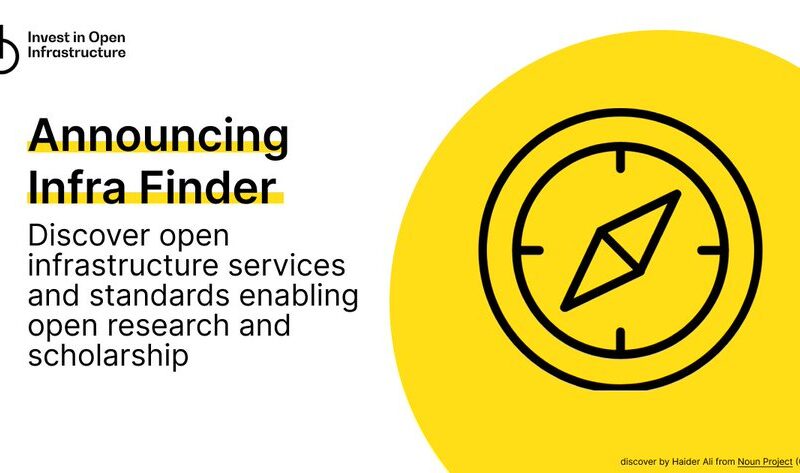
Advancing Innovation and Collaboration: The Research Infrastructure of the European Union
Advancing Innovation and Collaboration: The Research Infrastructure of the European Union https://opusproject.eu/wp-content/uploads/2023/05/shutterstock_343745792-min-scaled-1-1024x637.jpg 1024 637 Open and Universal Science (OPUS) Project Open and Universal Science (OPUS) Project https://opusproject.eu/wp-content/uploads/2023/05/shutterstock_343745792-min-scaled-1-1024x637.jpgThe European Union (EU) has long been at the forefront of scientific research and technological advancements. To foster innovation and collaboration across member states, the EU has established a robust research infrastructure that serves as a catalyst for cutting-edge discoveries, interdisciplinary cooperation, and socioeconomic growth. In this article, we will explore the key features, initiatives, and benefits of the research infrastructure within the European Union.
- European Research Infrastructure Consortium (ERIC)
At the heart of the EU’s research infrastructure lies the European Research Infrastructure Consortium (ERIC). ERIC is a legal framework established to support the establishment and operation of pan-European research infrastructures. It facilitates international cooperation by enabling organizations from different EU member states to collaborate on large-scale projects, share resources, and pool expertise. ERIC ensures the sustainable development and long-term operation of research infrastructures in a cost-effective manner.
- European Strategy Forum on Research Infrastructures (ESFRI)
The European Strategy Forum on Research Infrastructures (ESFRI) plays a pivotal role in shaping the EU’s research infrastructure landscape. ESFRI identifies the most pressing research infrastructure needs across Europe and develops roadmaps for their implementation. It fosters coordination among national governments, research organizations, and industry stakeholders to prioritize and fund strategic research infrastructure projects. ESFRI’s efforts have led to the establishment of several world-class facilities, such as the European X-ray Free-Electron Laser (EuXFEL) and the Square Kilometre Array (SKA) radio telescope.
- Horizon Europe Program
The EU’s Horizon Europe program, spanning from 2021 to 2027, represents a significant investment in research and innovation. With a budget of approximately €95.5 billion, it aims to strengthen the EU’s scientific leadership and address societal challenges through research infrastructure development. Horizon Europe supports the creation of new research infrastructures, upgrades existing ones, and promotes interdisciplinary collaboration to tackle global issues such as climate change, health, and digital transformation. This program enables researchers and innovators to access cutting-edge facilities, data repositories, and networks for knowledge exchange.
- European Research Infrastructures for Excellence (E-RI)
Under the framework of Horizon Europe, the European Research Infrastructures for Excellence (E-RI) initiative promotes the integration and accessibility of research infrastructures. It focuses on developing open and inclusive infrastructures that offer state-of-the-art facilities to researchers from diverse scientific disciplines. E-RI encourages data sharing, fosters interdisciplinary collaborations, and ensures the long-term sustainability and interoperability of research infrastructures. By providing seamless access to a wide range of resources, E-RI facilitates groundbreaking research across Europe.
- Benefits and Impact
The research infrastructure of the European Union yields substantial benefits for member states, researchers, and society as a whole. Firstly, it enhances the competitiveness of European research by providing access to advanced equipment, technologies, and expertise that may be unattainable at the national level. By fostering collaboration between scientists, the research infrastructure facilitates knowledge transfer, sparks innovation, and accelerates scientific breakthroughs.
Secondly, the EU’s research infrastructure plays a vital role in addressing societal challenges. It enables researchers to tackle complex issues such as climate change, sustainable energy, and healthcare by offering specialized facilities and data repositories. By promoting collaboration between academia, industry, and policymakers, the research infrastructure facilitates evidence-based decision-making and policy development.
Furthermore, the research infrastructure attracts and retains top talent, promoting the mobility of researchers across Europe. This exchange of ideas and expertise leads to the enrichment of scientific communities and drives regional development. The research infrastructure also fosters international collaboration, strengthening Europe’s position as a global research hub and facilitating partnerships with researchers worldwide.
Conclusion
The research infrastructure of the European Union exemplifies the commitment to scientific excellence, collaboration, and innovation. Through initiatives like ERIC, ESFRI, Horizon Europe, and E-RI, the EU has established a robust framework that empowers researchers, promotes interdisciplinary cooperation, and addresses societal challenges. By investing in cutting-edge facilities, fostering collaboration, and facilitating access to resources, the research infrastructure of the EU remains a catalyst for scientific advancements, economic growth, and societal well-being.
- Posted In:
- Open Science News




